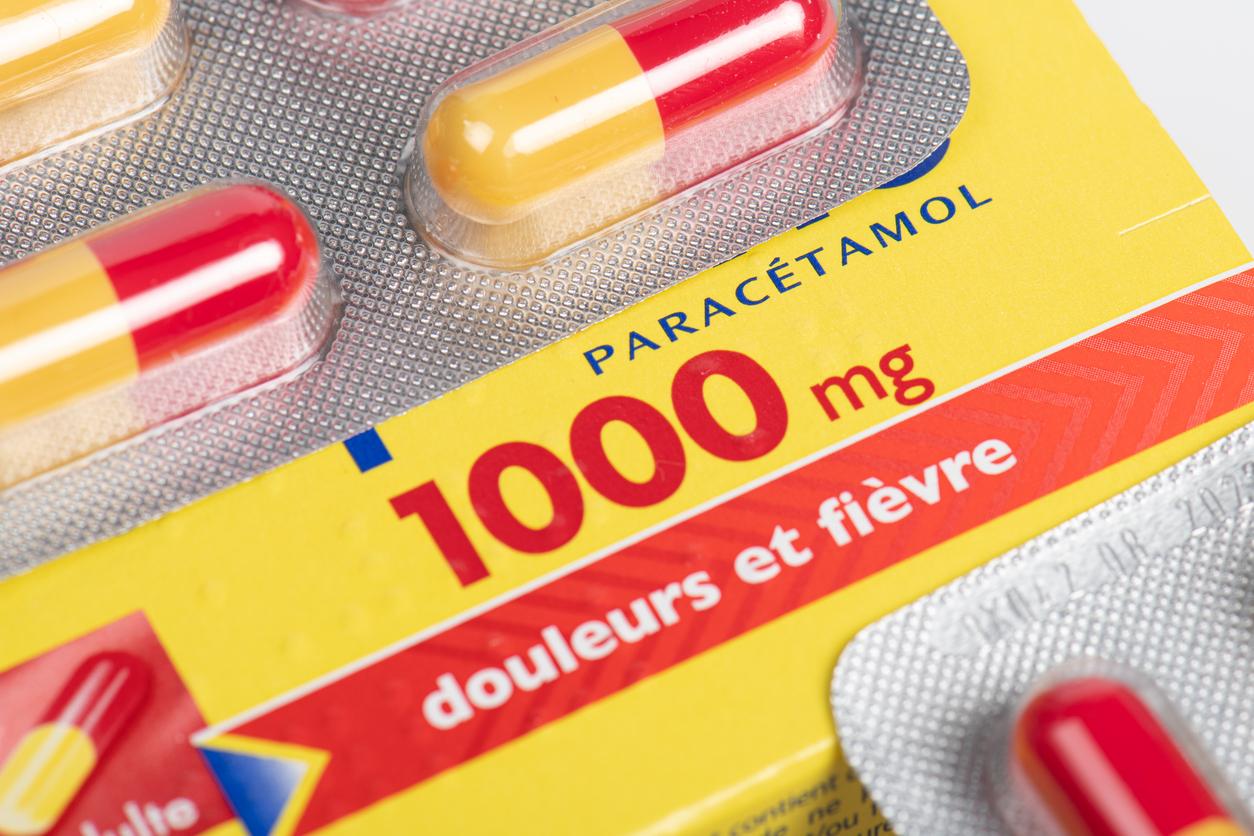Whether it’s acute pain following an injury or chronic pain that persists despite treatment, athletes often face major challenges when it comes to pain management. Properly managing these pain conditions is essential not only for recovery, but also to preventing long-term complications.

- Acute pain requires rapid response with appropriate treatments to prevent worsening.
- Chronic pain requires a multidisciplinary approach, including physical therapies and psychological interventions.
- A preventative strategy, including risk assessment, fitness and nutrition, is essential to avoid long-term pain and injury.
Acute pain in athletes usually occurs suddenly, often following an injury, trauma or intense physical exertion. It manifests as sharp, localized pain that requires immediate treatment to prevent it from getting worse.
The first step in treating acute pain is the RICE protocol (Rest, Ice, Compression, Elevation). This protocol is particularly effective for sprains, strains, and bruises. Applying ice to the affected area helps reduce inflammation and pain by slowing blood flow. Rest is essential to allow damaged tissues to regenerate, while compression and elevation help minimize swelling.
Nonsteroidal anti-inflammatory drugs (NSAIDs), such as ibuprofen, are often used to relieve acute pain and reduce inflammation. However, it is crucial to use them with caution, as overuse can mask symptoms and encourage a return to activity too quickly, potentially making the injury worse.
In some cases, more advanced treatments, such as corticosteroid injections, may be necessary to manage severe acute pain. These injections are used to quickly reduce inflammation and allow the athlete to return to activity more quickly, but they must be administered under strict medical supervision to avoid side effects.
Chronic pain: long-term management
Chronic pain in athletes is a complex challenge, as it is often linked to poorly healed injuries, repeated overexertion, or degenerative pathologies such as osteoarthritis. Unlike acute pain, chronic pain persists for several weeks or even months, and can greatly affect the performance and quality of life of athletes.
Treatment of chronic pain requires a multidisciplinary approach, combining medical treatments, physical therapies, and, in some cases, psychological interventions. NSAIDs may still play a role in the management of chronic pain, but their prolonged use should be monitored to avoid long-term side effects, such as gastrointestinal disturbances.
Physical therapies, such as physiotherapy, are crucial in treating chronic pain. They not only relieve pain, but also strengthen muscles and improve joint flexibility, which can prevent further injury.
Techniques such as electrostimulation, ultrasound therapy, and therapeutic massage are often used to relieve chronic pain and improve blood circulation to affected areas.
For some athletes, chronic pain may also be related to stress or anxiety. In these cases, psychological interventions, such as cognitive behavioral therapy (CBT), may be beneficial. CBT helps athletes manage pain by changing their perception of it and developing coping strategies.
Beyond treating acute and chronic pain, a holistic and preventative approach is essential to ensure sustainable athletic performance. Injury prevention and proactive pain management play a crucial role in maintaining athletes’ long-term health.
A key aspect of this approach is regular injury risk assessment. Athletes should be aware of the warning signs of pain and potential injury, such as muscle imbalances or limitations in joint mobility. A personalized fitness program, including strengthening, flexibility, and stability exercises, can greatly reduce the risk of injury and chronic pain.
Nutrition also plays a key role in pain management and injury prevention. A balanced diet rich in essential nutrients like omega-3s, antioxidants, and collagen can support joint and muscle health and reduce systemic inflammation.
Finally, the importance of recovery should not be underestimated. Adequate rest, restorative sleep, and active recovery techniques, such as stretching or cold baths, are essential to allow the body to regenerate and prevent the onset of chronic pain.
Pain management in athletes, whether acute or chronic, requires both a reactive and preventative approach. By combining medical treatments, physical therapies, and a focus on prevention, athletes can not only overcome pain but also extend their athletic careers while minimizing the risk of injury. Adopting a comprehensive and personalized strategy is essential to maintaining optimal performance while preserving long-term health.
Keys to managing pain in athletes
• RICE protocol: Rest, Ice, Compression, Elevation to treat acute pain.
• Physiotherapy: Essential for chronic pain management, strengthening muscles and improving flexibility.
• Multidisciplinary approach: Combine medical treatments, physical therapies and psychological interventions for comprehensive care.
• Prevention: A personalized fitness program and good nutrition are key to avoiding injuries and pain.

















